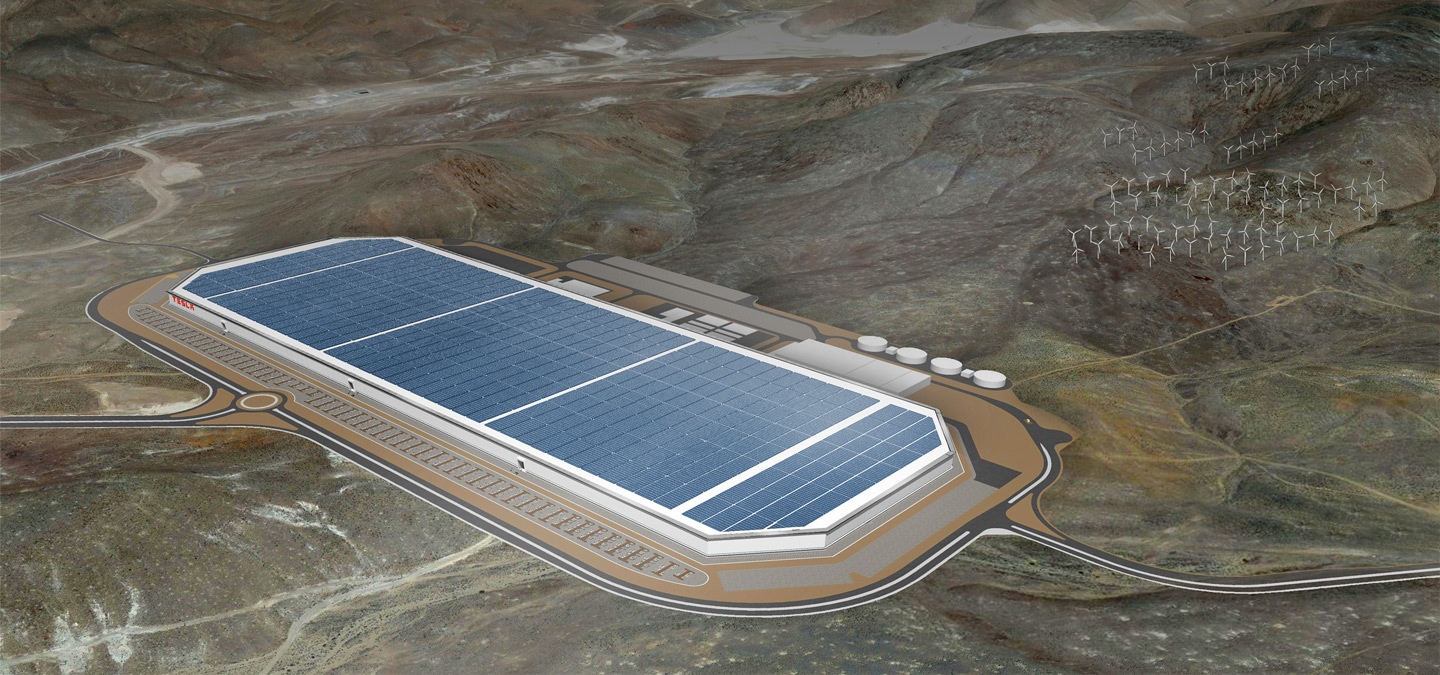When Tesla’s project to build a factory in Europe’s industrial heart was presented, one of the most interesting questions was that it would have a section dedicated to the production of batteries. Something that would give the American manufacturer a significant competitive advantage by doing production where the demand is. But it seems that Tesla has changed the plans, and the European factory will not manufacture batteries.
This has been confirmed by the local authorities who have received an update of the documentation related to the Grünheide factory, near Berlin. They have seen the modifications that indicate the elimination of the facilities where it was planned to start up the battery production lines.
They have also confirmed the height reduction that the general installation will have by about 9 meters, leaving the final structure at 15 meters instead of the 24 planned.
At the moment, no explanations have been given by the manufacturer for these modifications to the project. Still, the leading theories are that Tesla seeks to accelerate as far as possible the start-up of vehicle production lines, leaving for later what is related to battery production and future extensions.
Something that could have to do with the advances in the development of own batteries seems to be progressing faster than expected, which would mean maintaining the previous deadlines, starting the manufacturing lines with batteries from external suppliers, and updating the lines themselves later. Something that would have an economic cost that Tesla would have wanted to save by slightly delaying its start-up.
A Berlin Gigafactory that will have, according to internal documents, a capacity during its first year of 100,000 units, and that will subsequently increase as demand increases to a maximum capacity that will reach 500,000 units per year.
The question is when. When will this factory start operating? According to some rumors, this could already happen at the end of this year to begin mass production during the first quarter of 2021, bringing the deadlines between 3 and 6 months ahead of the original targets.
The question of where the batteries to power Tesla’s European factory will also be left in the air. On the one hand, they could come from the United States, the Nevada plant, or Japan, from the Panasonic facilities. But there is also a third alternative that would be to expand the agreement that Tesla has with CATL in China, and also apply it to the factory that the Asians build in Germany, and that should start its work in 2021.

